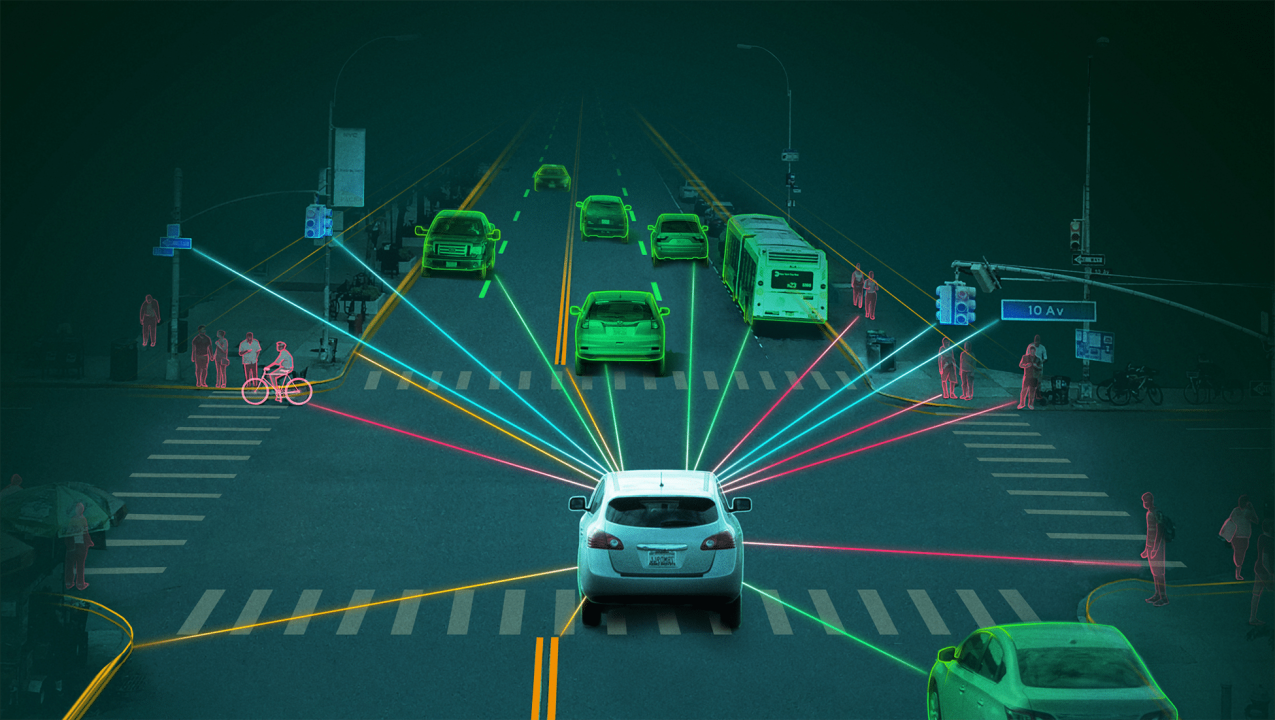As we stand on the cusp of a transportation revolution, the whir of electric motors and the promise of streets lined with self-driving cars are no longer the stuff of science fiction. The autonomous vehicle (AV) technology is swiftly shifting gears from the drawing boards of futurists to the asphalt of our everyday lives. But as these vehicles prepare to take the wheel, we must navigate the intricate intersections of ethics, legislation, and societal impact. In this article, I’ll guide you through the winding roads of AV technology, sharing insights from personal experiences, ethical conundrums, legislative landscapes, and practical advice for the road ahead.

The Ethical GPS: Charting the Moral Terrain
Imagine you’re in a self-driving car when suddenly, a pedestrian steps into the road. The car must choose between swerving into oncoming traffic or endangering the pedestrian’s life. This is the kind of ethical dilemma that engineers and programmers are grappling with. As someone who has worked closely with AV development teams, I’ve seen firsthand the weight of these decisions. They’re not just coding algorithms; they’re encoding moral judgments.
The ethical framework for AVs is still under construction, but it’s crucial that these vehicles are programmed with a moral compass that reflects societal values. As we advance, we must ask ourselves: How do we ensure that autonomous vehicles make decisions that are not only safe but also ethically sound?

Legislating the Autonomous Lanes
Legislation is like the traffic laws for AVs—it sets the boundaries and expectations for their operation. However, the current legislative landscape is as varied as the car models themselves. Some regions are in the fast lane, with laws already in place, while others are still at the drawing board. This patchwork of regulations presents a challenge for manufacturers and users alike.
From my own experience in attending city hall meetings on AV regulations, I’ve observed the complexity of creating laws that protect citizens without stifling innovation. It’s a delicate balance, but one that is essential for the safe integration of AVs into society.

The Road Ahead: Transforming Our Streets and Lives
Self-driving cars promise a future with fewer accidents, reduced traffic congestion, and more efficient travel. Imagine reclaiming the hours spent behind the wheel each week. As someone who has spent countless hours in traffic, the prospect of using that time to work, read, or relax instead is incredibly appealing.
But the transformation goes beyond personal convenience. AVs could reshape public transport, delivery services, and even urban planning. Cities might be redesigned without the need for parking lots at every building, creating more space for parks and pedestrian areas.
Practical Advice for the AV Curious
If you’re curious about AVs or considering one for your next vehicle, here are some practical tips:
- Stay Informed: Follow the latest AV developments and understand the capabilities and limitations of current technology.
- Safety First: Always check the safety ratings and features of any AV you’re considering.
- Know Your Laws: Be aware of the AV-related laws in your area, as they can affect where and how you can use your vehicle.
- Be Prepared for Change: The technology and regulations around AVs are evolving. Be ready to adapt and learn as the landscape changes.

Join the Conversation
The journey into the world of autonomous vehicles is one we’re all taking together. I invite you to share your thoughts and experiences. Are you excited about the prospect of AVs, or do you have reservations? What do you think are the most important ethical and legislative issues facing AVs today?
Let’s continue this conversation in the comments below. Your insights and stories are the fuel that drives the discussion forward. Share this article with others who are as intrigued by the future of transportation as you are, and let’s navigate the road ahead together.

Leave a Reply